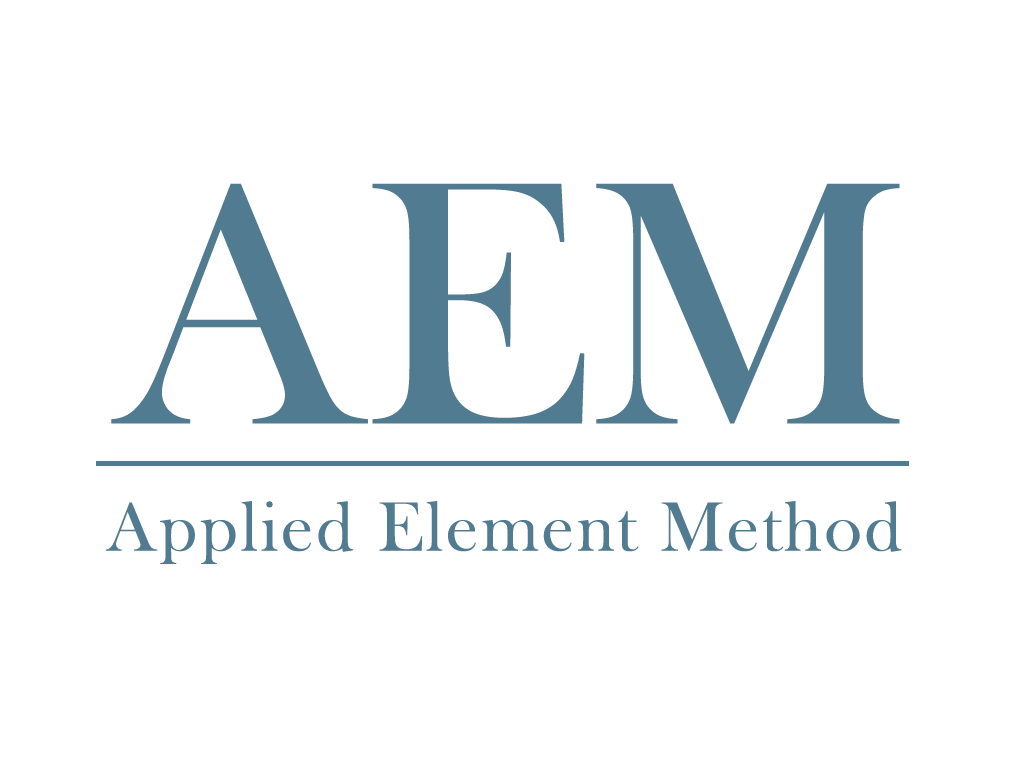The evaluation of the seismic vulnerability of monumental buildings is a difficult task and presents significantly higher level of complexity if compared to the case of new or current existing structures. This is due to the inherent uncertainty characterizing ancient buildings, regarding structural characteristics and constructive techniques, material properties, damages due to past actions, which should be properly handled in their seismic assessment. For this reason, the approach to the study of such buildings unavoidably involves the completion of different assessment methods and their comparison, in order to represent the characteristics of a complex structure, its local and global behaviour. This paper describes the first results of the evaluation of the seismic safety of the “Ancien Hôpital de Sion”, an important building belonging to the Swiss architectural heritage, sited in the Canton of Valais, the region with the highest seismic hazard in Switzerland. For the analysis of the building, three-dimensional Applied Element (AEM) modelling of the whole structure has been achieved and validated. The proposed modelling strategy, together with non-linear dynamic analysis, has been adopted on the basis of its capability to represent the actual behaviour and failure mechanisms of complex masonry structures, in addition to a good computational efficiency compared to other available numerical approaches. The local seismic collapse mechanisms have been also analysed through a kinematic limit analysis based on rigid block rotation. Both linear and non-linear approaches have been followed together with the capacity spectrum method. The results provided by the different methodologies have been compared with the aim to provide possible insights concerning a general procedure for the assessment of the safety of such type of structures.
Garofano, A. and Lestuzzi, P. (2015), Evaluation Of The Seismic Vulnerability of the “Ancien Hôpital De Sion” Using Applied Element Modelling (AEM) and Local Mechanism Analysis,” International Journal of Architectural Heritage, Conservation, Analysis, and Restoration, Volume 10, 2016 – Issue 8, Pages 975-992
